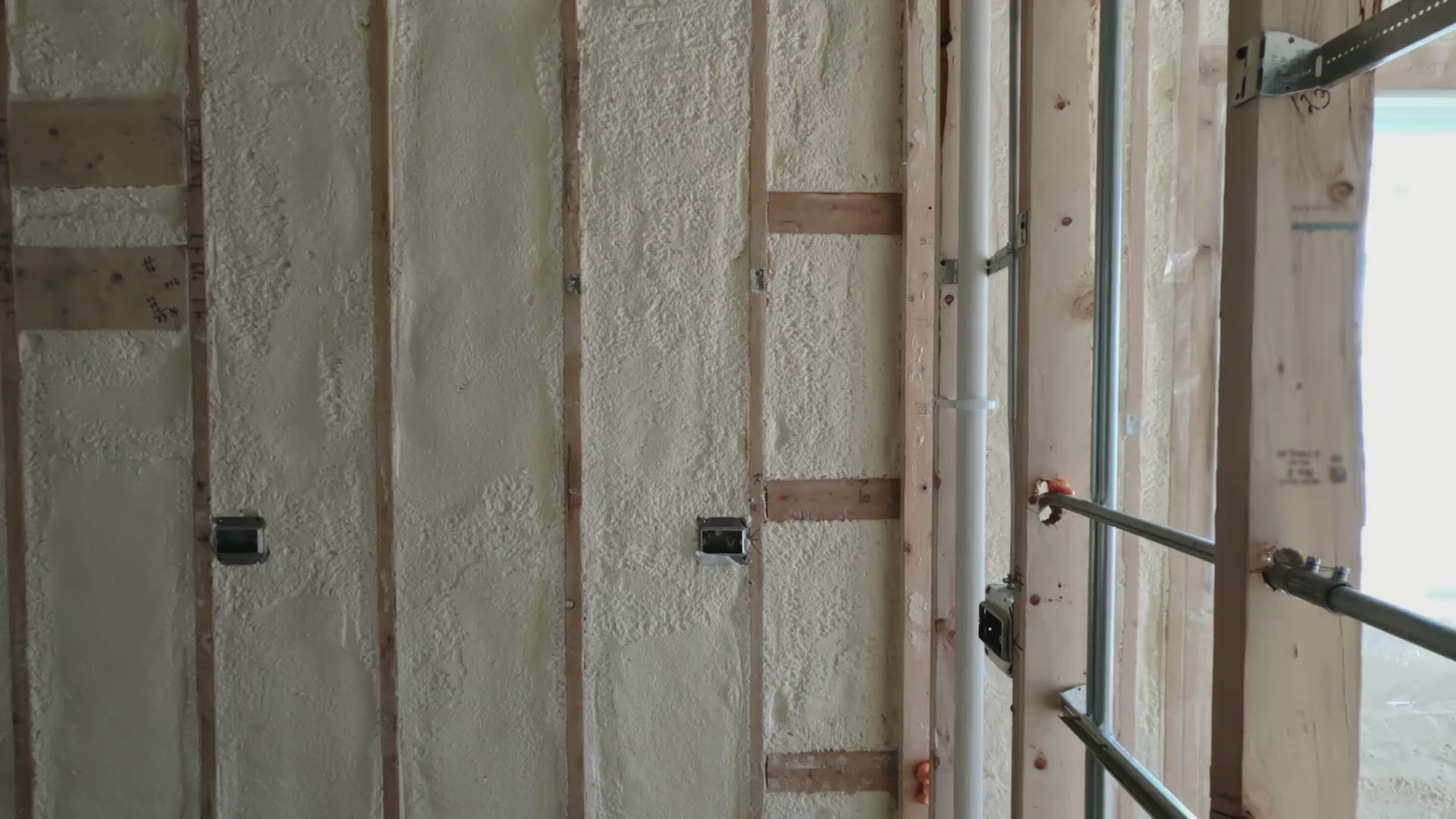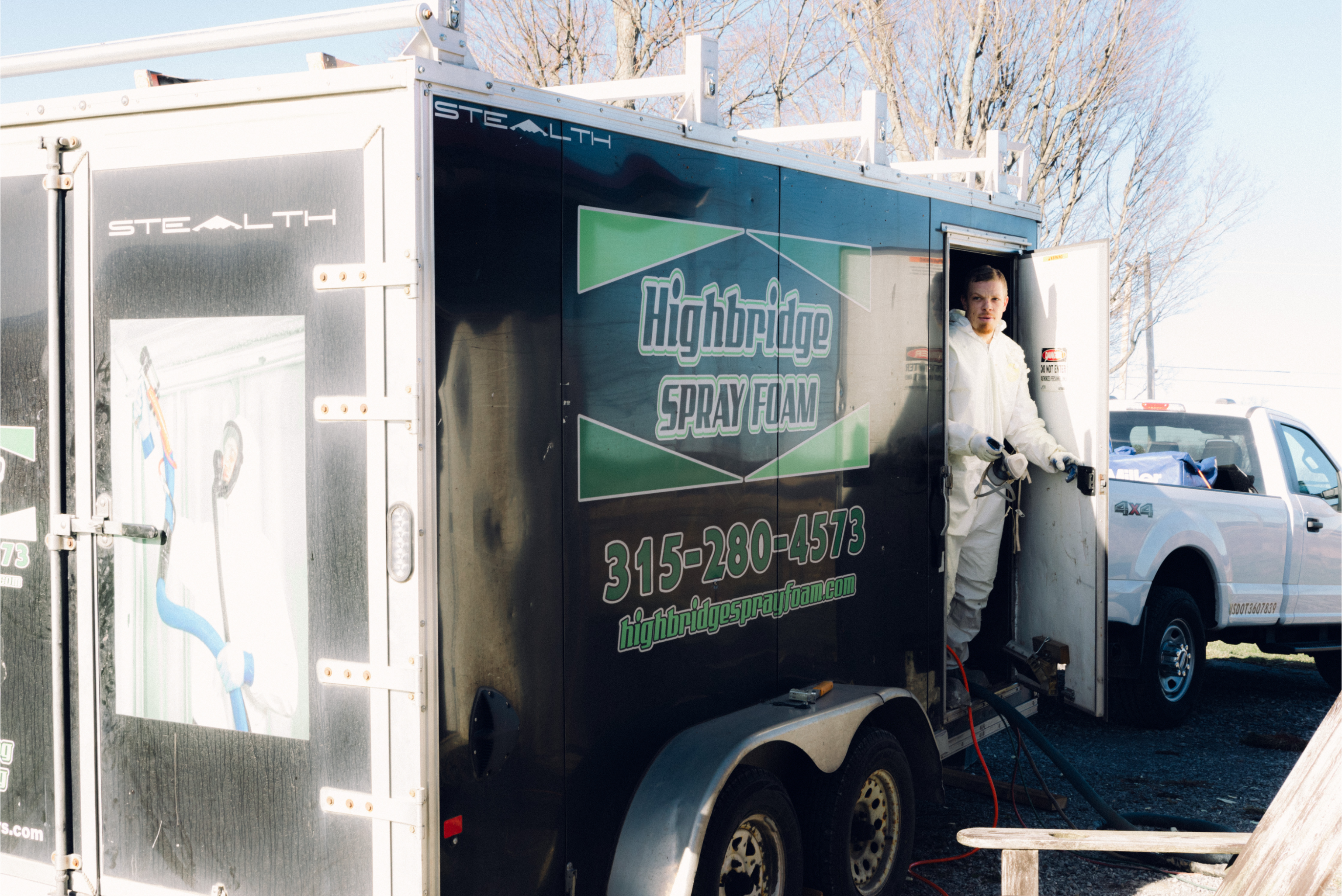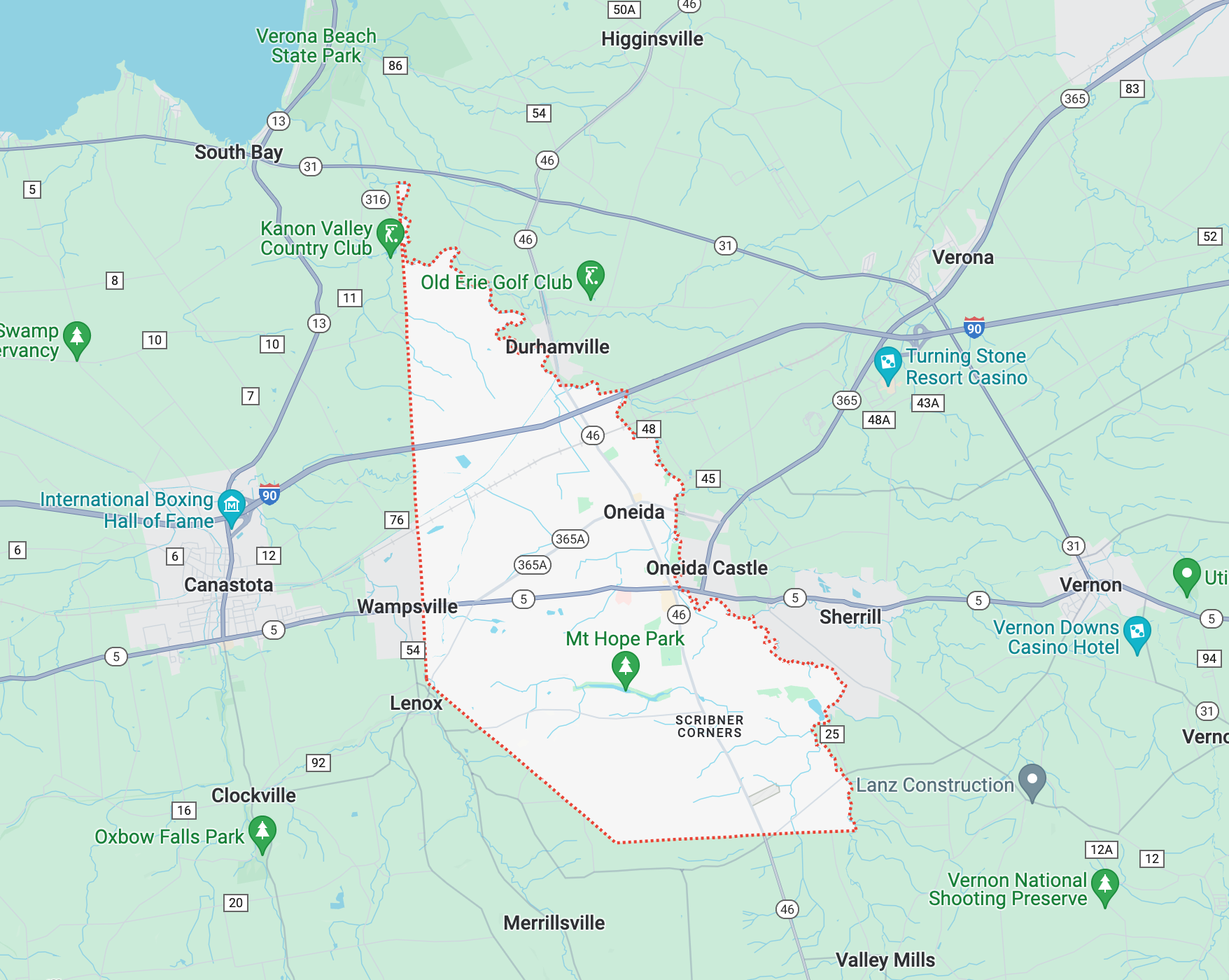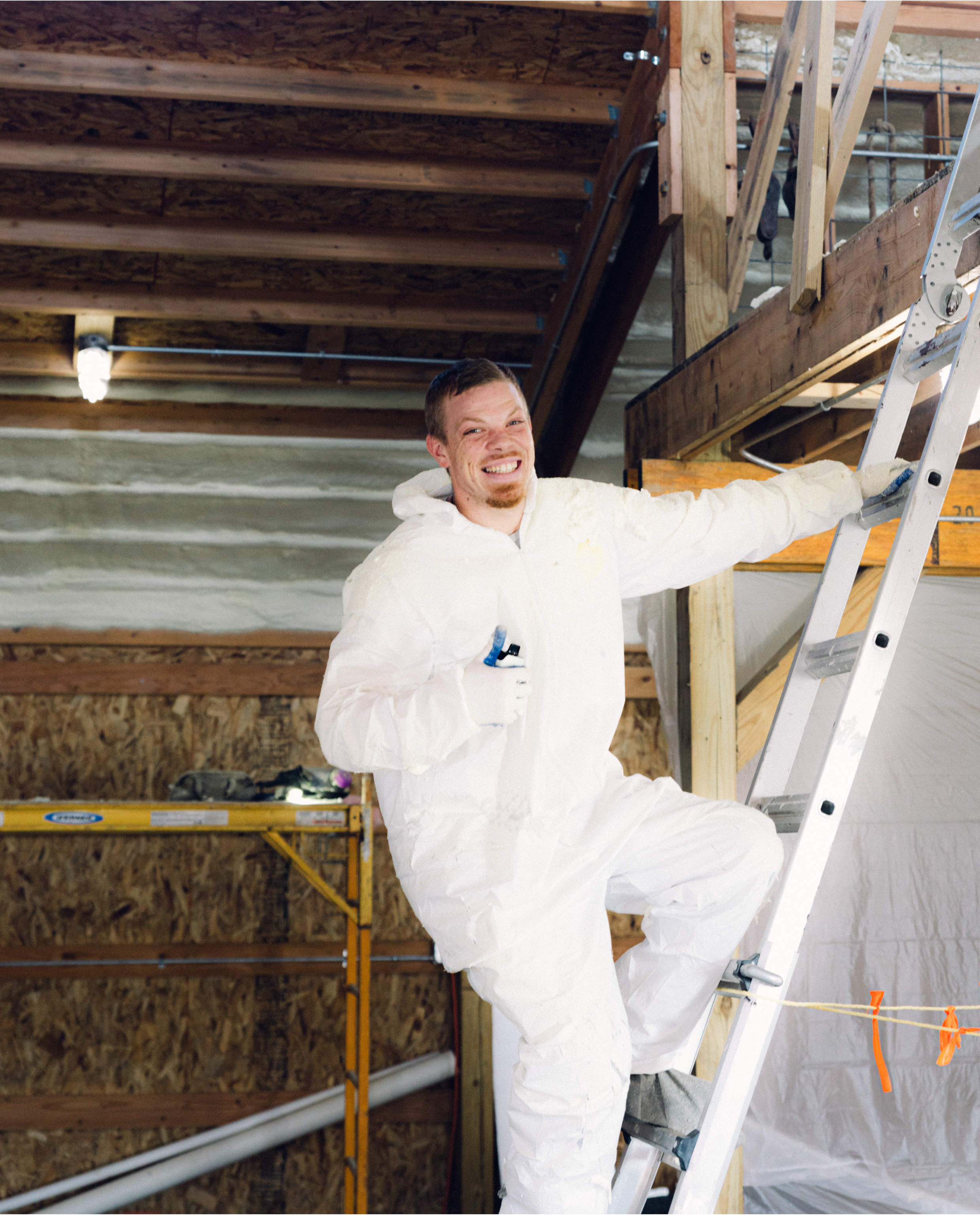
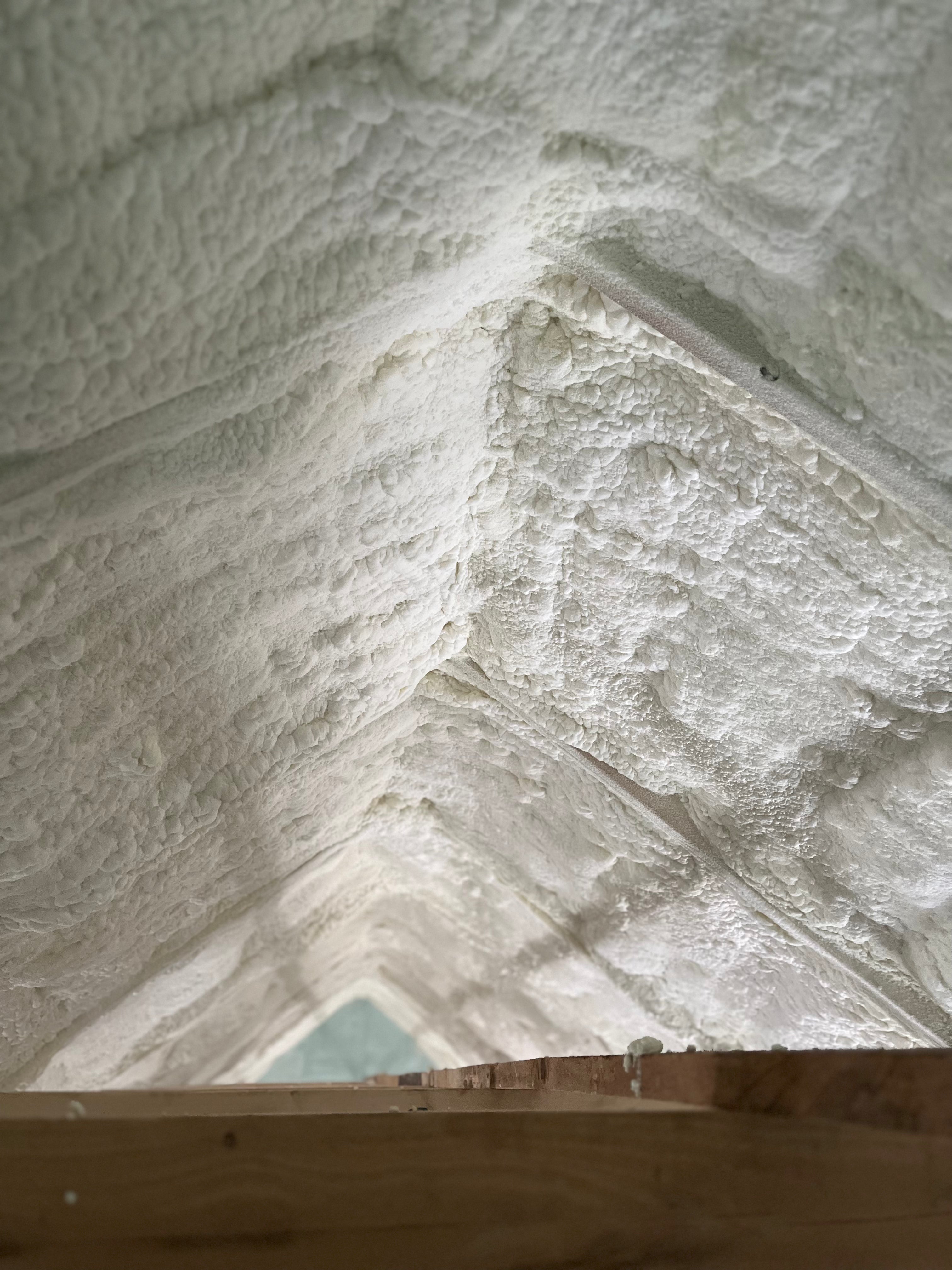
Whether you're a homeowner looking to improve comfort and energy efficiency or a business owner seeking cost-effective insulation solutions, spray foam insulation from Highbridge Spray Foam delivers unparalleled benefits for your property. Contact us today to learn more about how spray foam insulation can transform your residential or commercial space.
...
Versatility
Spray foam insulation can be applied to various surfaces and structures, making it suitable for a wide range of residential and commercial applications, including walls, attics, roofs, and crawl spaces.
Longevity
With proper installation and maintenance, spray foam insulation can last for decades, providing lasting benefits and savings for property owners.
Environmental Friendliness
Spray foam insulation helps reduce energy consumption and greenhouse gas emissions, contributing to a more sustainable and eco-friendly building environment.
Improved Air Quality
By sealing off air leaks and preventing the infiltration of outdoor pollutants, spray foam insulation helps maintain a healthier indoor environment for occupants, reducing respiratory issues and allergies.
Enhanced Structural Support
Spray foam insulation not only provides excellent thermal performance but also reinforces the structure of buildings. Its strong adhesion creates a durable layer that enhances the stability and longevity of walls, roofs, and other structural elements, ensuring a more resilient property.
Increased Property Value
Investing in spray foam insulation can enhance the value of residential and commercial properties by improving energy efficiency, comfort, and durability, making them more attractive to potential buyers or tenants.
The types of spray foam insulation
Spray polyurethane foam (SPF) insulation can be categorized into two different types: light-density open-cell spray foam insulation and medium-density closed-cell spray foam insulation. Both types of SPF are thermoset cellular plastics comprising millions of small cells.
Product innovation over the years has seen the introduction of several different types of spray foam insulation. Primarily in residential and commercial construction, open-cell and closed-cell spray foam is used while high-density 3 lb. spray insulation is used as roofing foam in commercial or industrial construction.
The benefits of open-cell spray foam
As mentioned, open-cell foaming insulation is best suited for interior applications, offering an array of advantages of traditional fibrous insulation materials. Benefits of open-cell foam insulation include:
- Allows for bi-directional drying
- Can accommodate long-term creep and seasonal movement
- Can be installed at a significantly lower cost and target the same specified R-value*
- Is not considered a food source for mold
- Provides sound dampening qualities, ideal for use media or theater rooms
- Lower installed cost, per square foot
The benefits of closed-cell insulation foam
While open-cell foamed insulation has many benefits over traditional insulation types, closed-cell sprayed-in insulation goes beyond to offer additional advantages. Although closed-cell sprayed insulation foam has a higher per board foot cost, there are benefits that the material offers including:
- Ability to reject bulk water (closed-cell foam insulation is recognized flood resistant material from FEMA.
- Can be applied at very low temperatures (as low as 5°F)
- Adds wall racking strength as well as impact resistance
- Higher R-value* per inch – easier to accommodate high R-value* requirements in narrow spaces
- Lower vapor permeance (can be a Class II VDR)
- Higher tensile and bond strength
Open-cell is the cheaper version, it’s better at blocking noises, It is a lighter, less dense version, it is more spongy due to the air that gets inside the cells but it is still very effective and better than any option other than closed cell when properly installed for the right application. Open cell expands much more aggressively as soon as it touches the surface or sub straight leaving no crack or crevice unfilled. Open cell can absorb some moisture so avoid applying it where its exposed to cold weather because there is potential for moister in the air to condense on it during the winter months. In this scenario closed cell works better as it is a monolithic vapor and moisture barrier.
Closed cell is a heavier, denser, more solid foam. It’s a more rigid version and it has a higher R value than other types of insulation. It works better at keeping air and water from penetrating the walls as it tends to create a move effective moisture and vapor barrier than open cell. Closed cell is usually the best option all around as long as it is applied correctly, at the right temperature and covers studs to avoid radiant heat from traveling through the studs.
Open cell is between $1.00 and $1.20 a square foot or “Board foot.” Closed cell runs between $1.25 and $1.50 a square foot. Prices vary depending on the space difficulty and other factors like location, prep work, etc. Both Open and Closed cell spray foam work similarly in insulating your structure.

